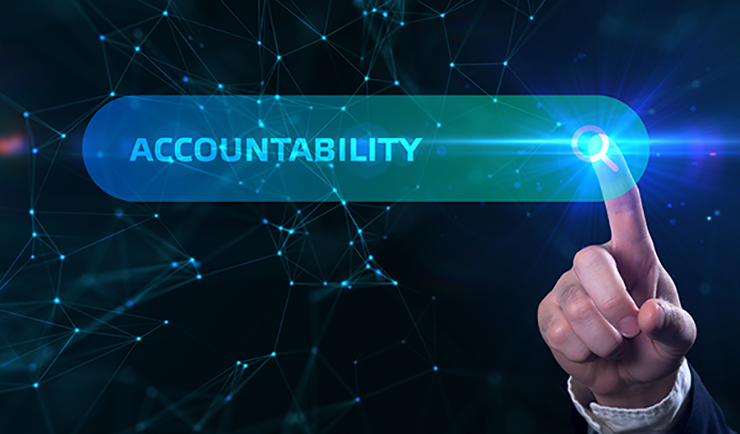
Imagine Jane (a real situation, but fictitious name), a senior executive at a fast-growing tech company. Jane is brilliant, driven, and deeply committed to her role; and her leadership has helped the company outperform its two main competitors.
When I met her, however, Jane was feeling overwhelmed.
“Every day presents a relentless stream of decisions, both big and small. Honestly, it feels harder and harder to keep up. I’m mentally exhausted.”
What Jane was experiencing is decision fatigue, a common challenge for leaders like her, who oversee a volatile and dynamic environment.
Decision fatigue occurs when the quality of our decisions declines after an extended period of decision-making. For someone in Jane’s position, the constant need to make high-stakes decisions, coupled with managing complex issues, exacerbates this phenomenon.
Factors contributing to decision fatigue most often include the following:
- Volume of Decisions – Jane faced an endless array of decisions daily, from strategic directions to operational details.
- High-Stakes Nature – Each decision carries significant consequences, adding immense pressure.
- Lack of Rest – Jane rarely took breaks, leading to mental exhaustion and diminished cognitive function.
Effect on the Team
As I talked with members of Jane’s team, it was clear that they were eager to support her and at the same time, concerned with how her leadership was taking a turn.
“She always seems tired, and when I present her with an issue, she seems to struggle to think clearly,” said one.
“True,’ said another. “She was quick to make choices that are straightforward, but they seem overwhelming, now.”
All agreed that Jane now became easily frustrated over minor issues. “I’m not even sure when to bring things to her attention,” said a third. “I’m starting to lose confidence in our ability to pull things off.”
It was clear that decision fatigue didn’t just affect Jane—it rippled through her leadership and organization, as it always does.
- Jane experienced decreased productivity and heightened stress, edging towards burnout.
- Jane’s impaired judgment and indecisiveness undermined her leadership effectiveness.
- Her team’s morale and performance suffered, as they lost confidence in her decision-making.
- This decline was starting to impact the company’s overall performance.
Internal Shifts and External Changes
To address decision fatigue, Jane had to make both internal shifts and external changes.
First, Jane had to recognize the real problem.
She initially perceived that she was simply overwhelmed by the volume of decisions. However, the real issue lay in her lack of effective decision-making strategies and self-care practices. Without these, the cognitive load became unmanageable.
Jane’s inner shifts included prioritizing self-care and mental health with regular exercise, enough sleep, and mindfulness and stress management techniques. This helped to recalibrate her nervous system and scattered thinking, and to replace this with a solid sense of calm and the ability to focus well.
She also needed to create a decision-making framework to simplify her process by categorizing decisions and delegating lower-stake choices.
These were simple shifts, but they required initiating new habits. As we worked on these, we also worked on some key external changes, including reviewing where Jane needed to delegate decision-making and how she might develop the trust to do so.
We also worked with her team to implement structured decision-making processes to ensure consistency.
And finally, Jane acknowledged that regular breaks and time off would be vital to helping her recharge. She recognized that this would be important for her team, as well, and they came to a mutual decision to implement this team wide.
What did this ultimately do for Jane and her company?
As I shared in the beginning, today, Jane’s company is out in front of her two main competitors with the lion’s share of the market. After establishing norms for decision-making, along with mental health and self-care, she was able to focus on developing a supportive work environment and to lead in the way that only someone in her role could.
What does this mean for you?
Jane’s story illustrates how decision fatigue can affect even the most capable leaders. By understanding its causes and impacts, and taking proactive steps to mitigate its effects, executives can enhance their decision-making capabilities.
Implementing both internal shifts, such as self-care and mindfulness, and external changes, like effective delegation and structured processes, can empower them to lead more effectively. This not only improves their well-being but also ensures their teams and organizations thrive.
© Patti Cotton and patticotton.com. All rights reserved. Unauthorized use and/or duplication of this material without express written permission from the author is strictly prohibited. Excerpts and links may be used, provided that attribution is made to Patti Cotton and patticotton.com, with links thereto.

Patti Cotton reenergizes talented leaders and their teams to achieve fulfillment and extraordinary results. For more information on how Patti Cotton can help you and your organization, click here.



